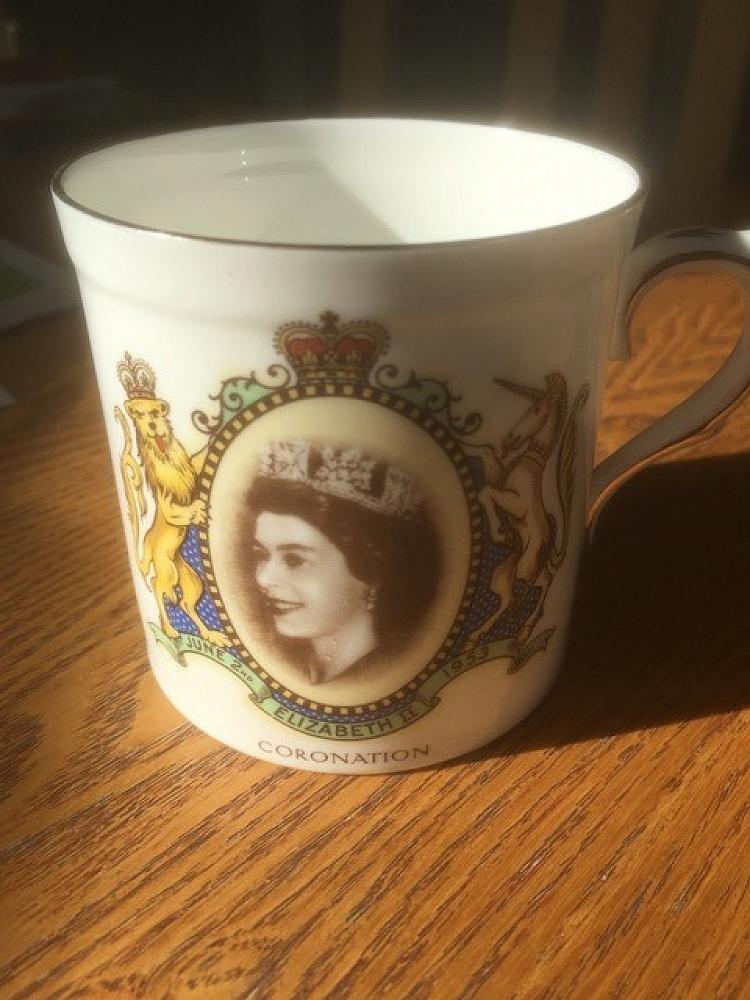
Her late Majesty Queen Elizabeth II
Many of us do not recall a time before Queen Elizabeth was monarch. One of our Archives volunteers, Enid Ellis, however, found that the death of Her Majesty brought some memories to the surface.
King George VI died on 6 February 1952, a Wednesday. The news came in sombre tones from the BBC over our radio. Mother, born in 1899, commented that she had lived through the reigns of Queen Victoria, Edward VII, George V, Edward VIII (though he abdicated), George VI, and now Elizabeth II.
At that time we lived in Te Puke, a rural town where the primary school principal, Mr Cook, raised the Union Jack every morning on the flagpole as the assembled children sang God Save the King. When we came to school on Thursday, the flag was at half mast, and we were told that the national anthem had changed. A very vivid memory is of the flag being raised, and the ragged chorus as we stammered the change from saving the K-K-King to saving the Q-Q-Queen.
We had no television then, so we cut out black and white images from the newspapers and excitement built as the coronation came closer. By June 1953 we were agog; the girls, if not the boys, filled scrapbooks with queens and princesses. When the film of the coronation was available, the local picture theatre held several showings.
The Queen and the Duke of Edinburgh made their historic first visit to New Zealand between December 1953 and February 1954. The Tangiwai disaster of Christmas Eve 1953, when 151 people died as their train was swept away by a lahar from Mt Ruapehu, caused the itinerary to be altered for the Duke to attend memorial services.
For children from Te Puke schools, and many other small schools in the Bay of Plenty, the treat which awaited was to come on Saturday 2 January 1954 at Arawa Park in Rotorua. We were to be taken by bus to see the Queen! In those days, the roads were unsealed dusty gravel and the buses had seen hard service throughout the war years. Our school had to be ready at 7.00am and we piled into the buses, clutching our lunch boxes and paper Union Jacks ready to wave wildly at anyone we saw.
Of course, we thought the Queen would be wearing her coronation robes and crown. By 9.00am, following stops for bus-sick passengers, we were lined up round the park. By 11.00am, we were tired, cross and our little paper flags were sagging. Then a huge black limousine entered the gates. In the back seat a small figure waved steadily as the cavalcade, delayed elsewhere, swept round the park and out the gate again. And that was it - we weren’t even sure it was the Queen in the car.
We returned to our buses and the nausea-inducing trip back home.
